Acer TravelMate X5 review: Size isn’t everything
It’s the lightest laptop around – but this tiny machine falls short in places
-
+
One of the lightest laptops available
-
+
Great battery life
-
+
Cheaper than rivals
-
-
Outdated CPU
-
-
Inconsistent build quality
-
-
Middling screen and speakers

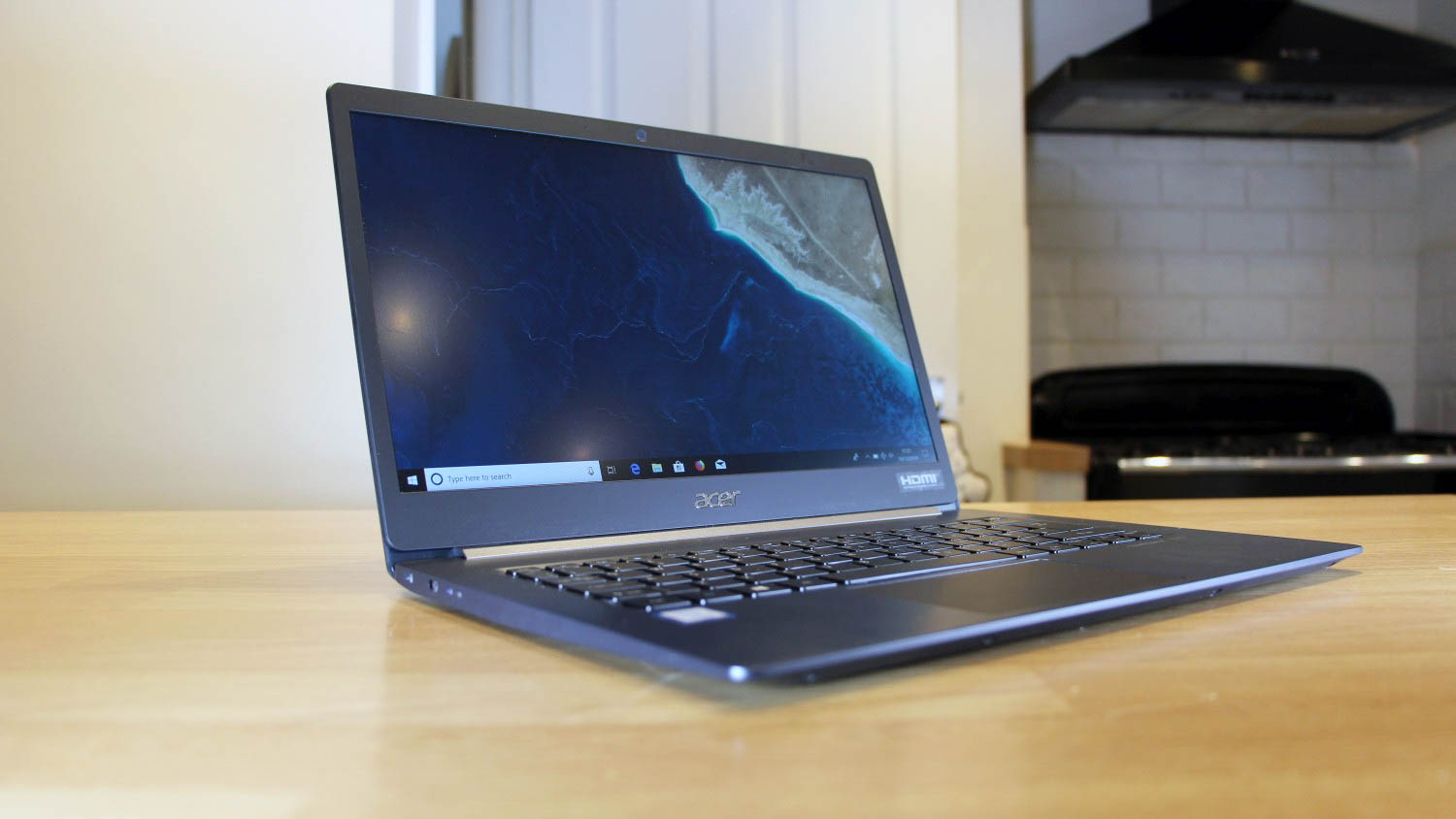
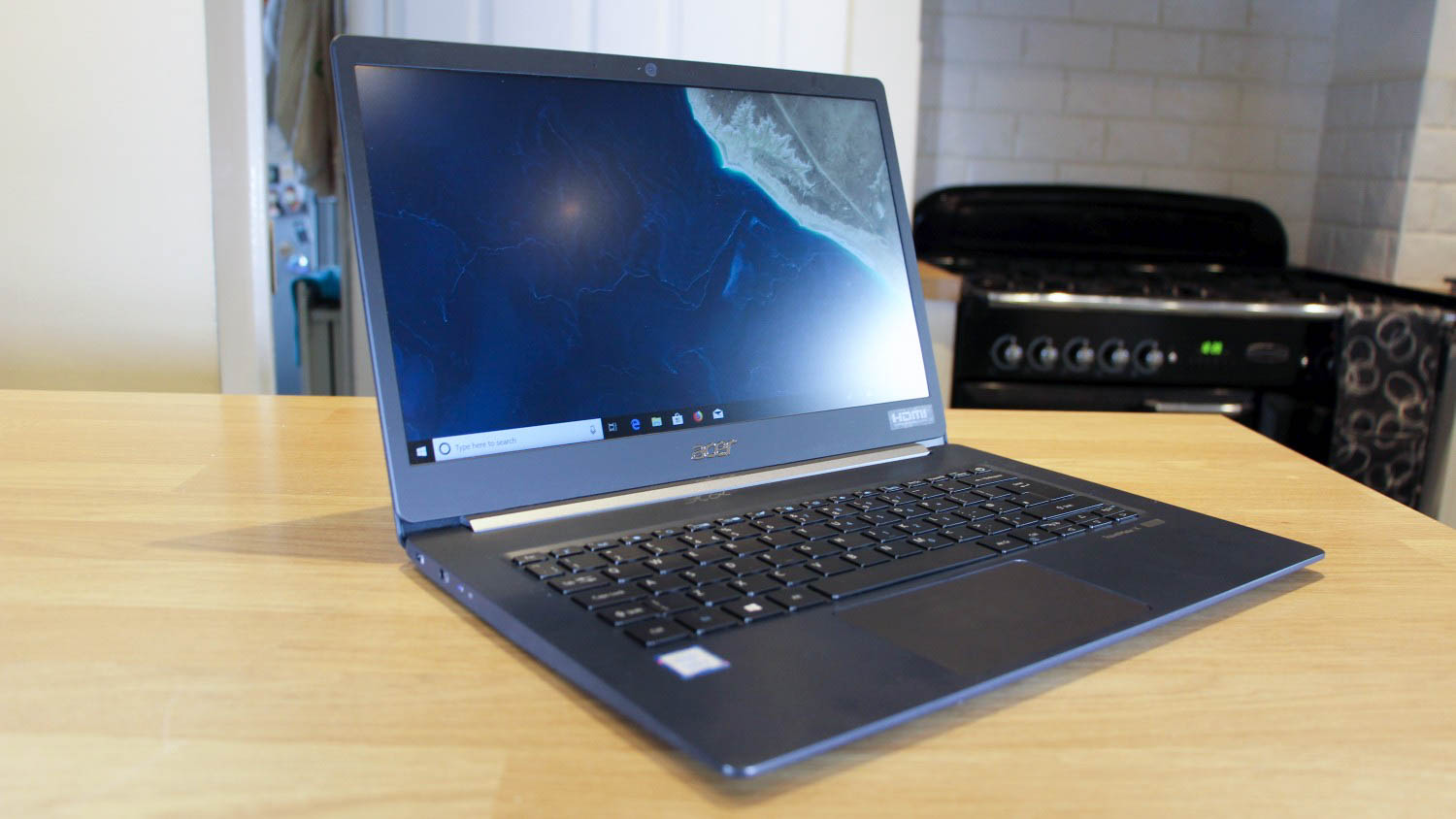
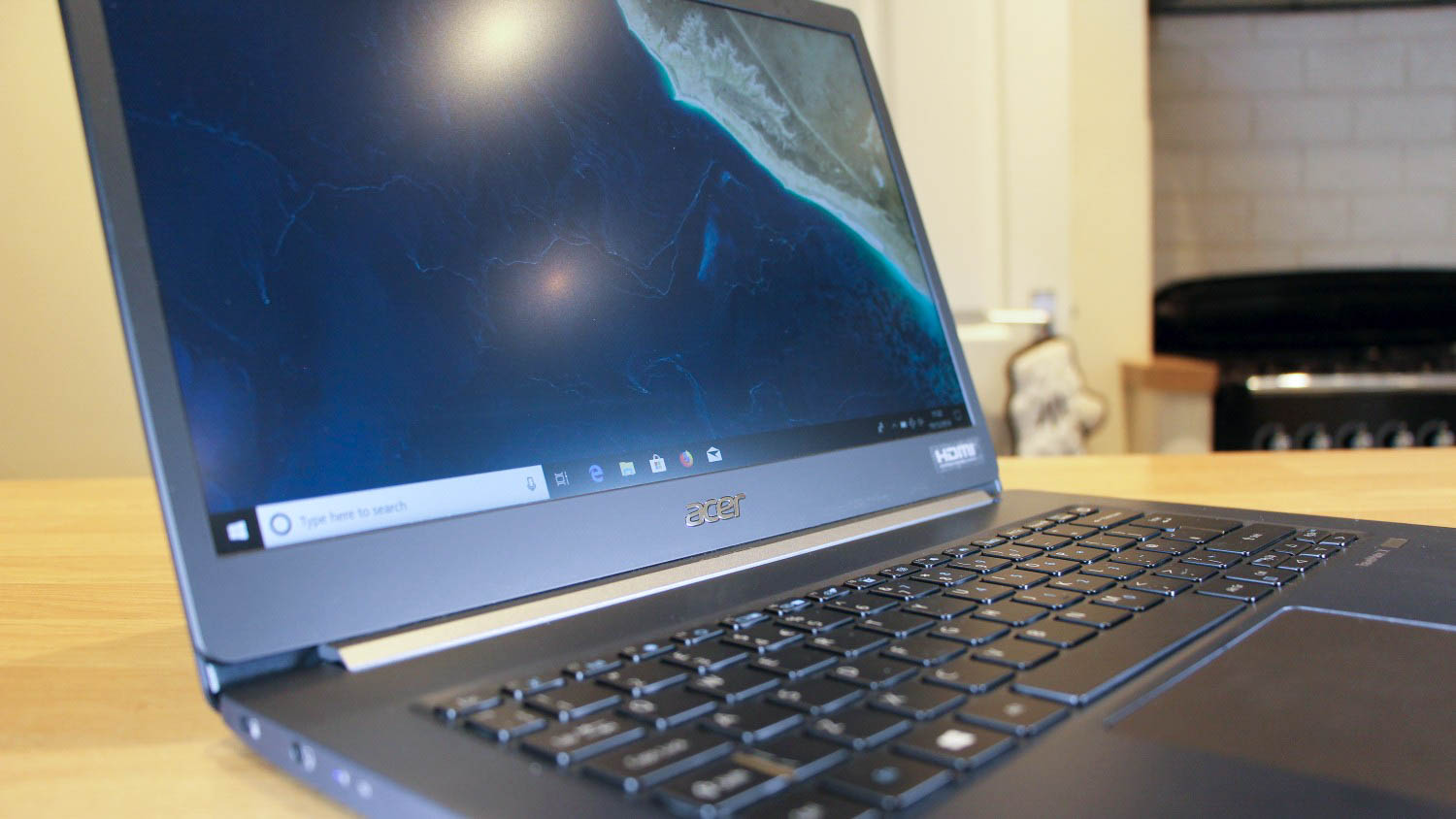
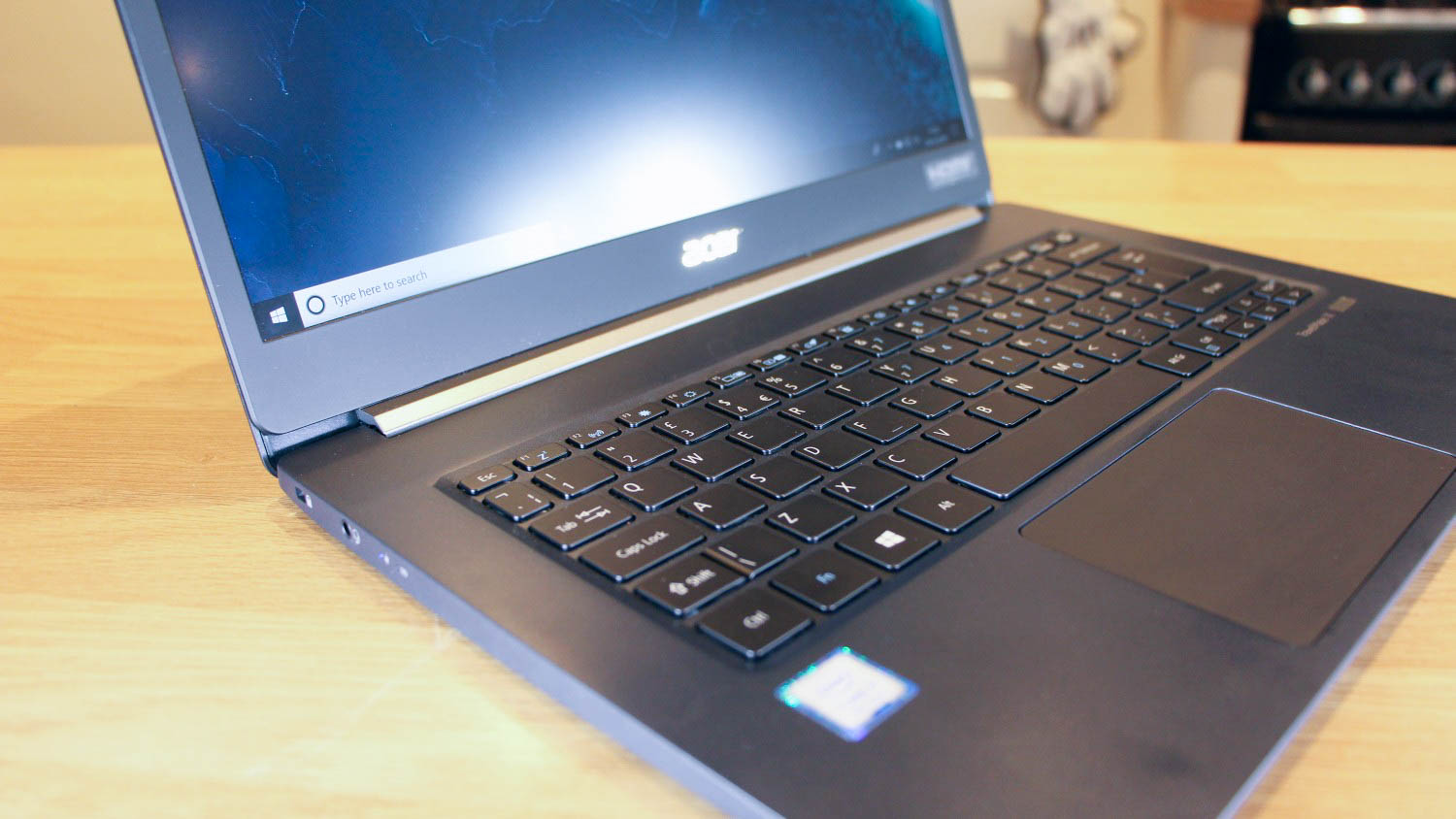
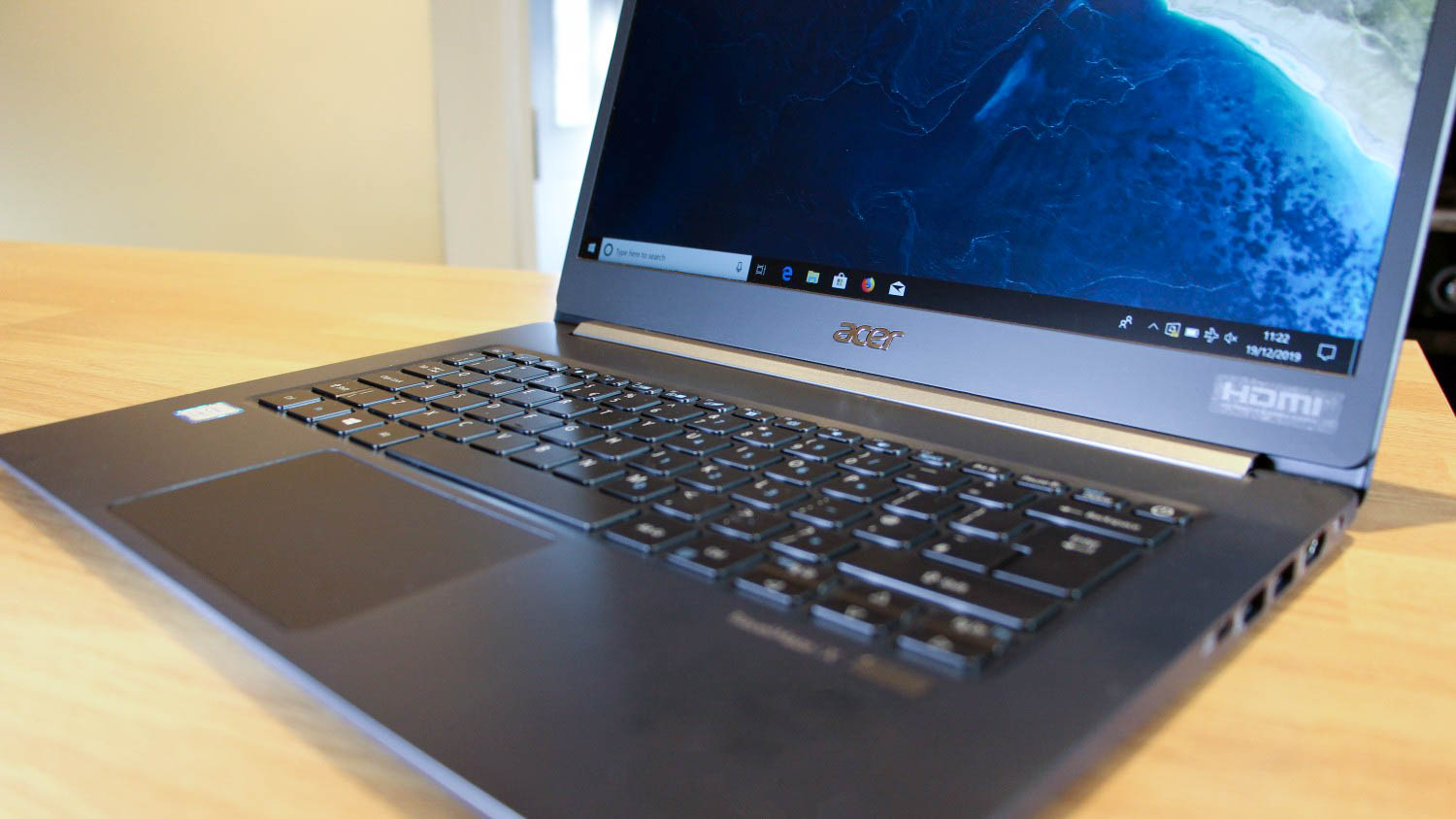
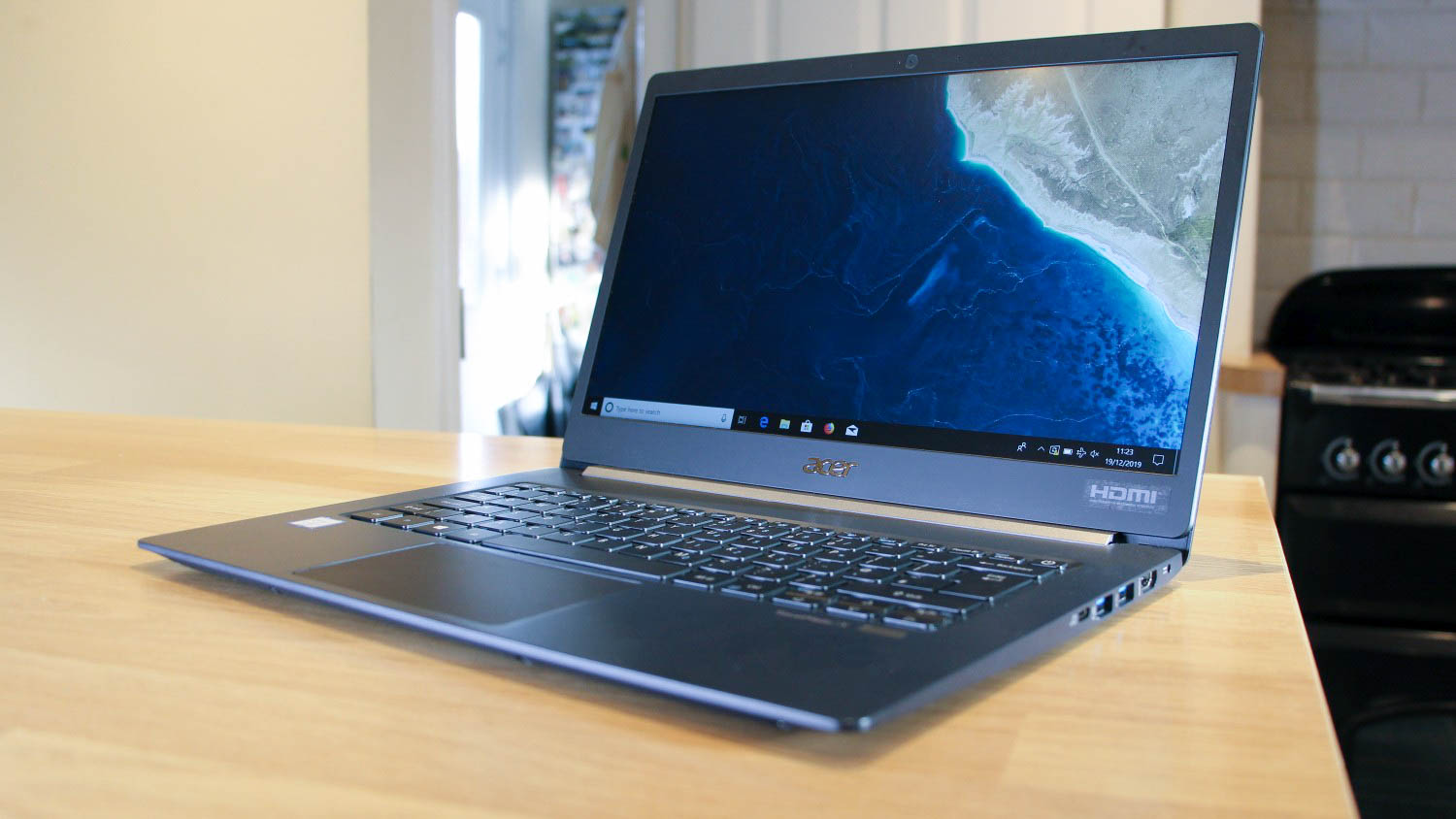
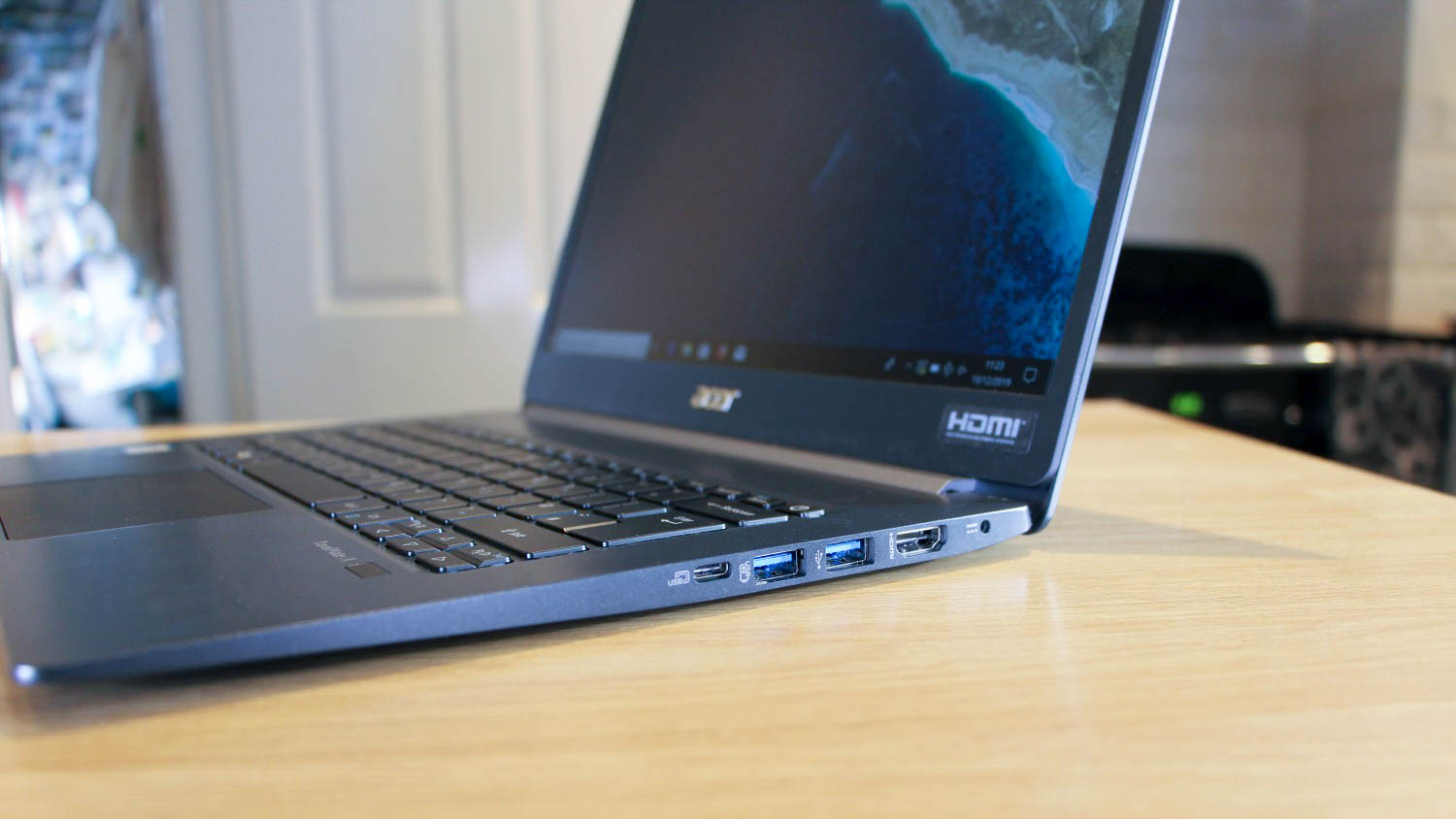
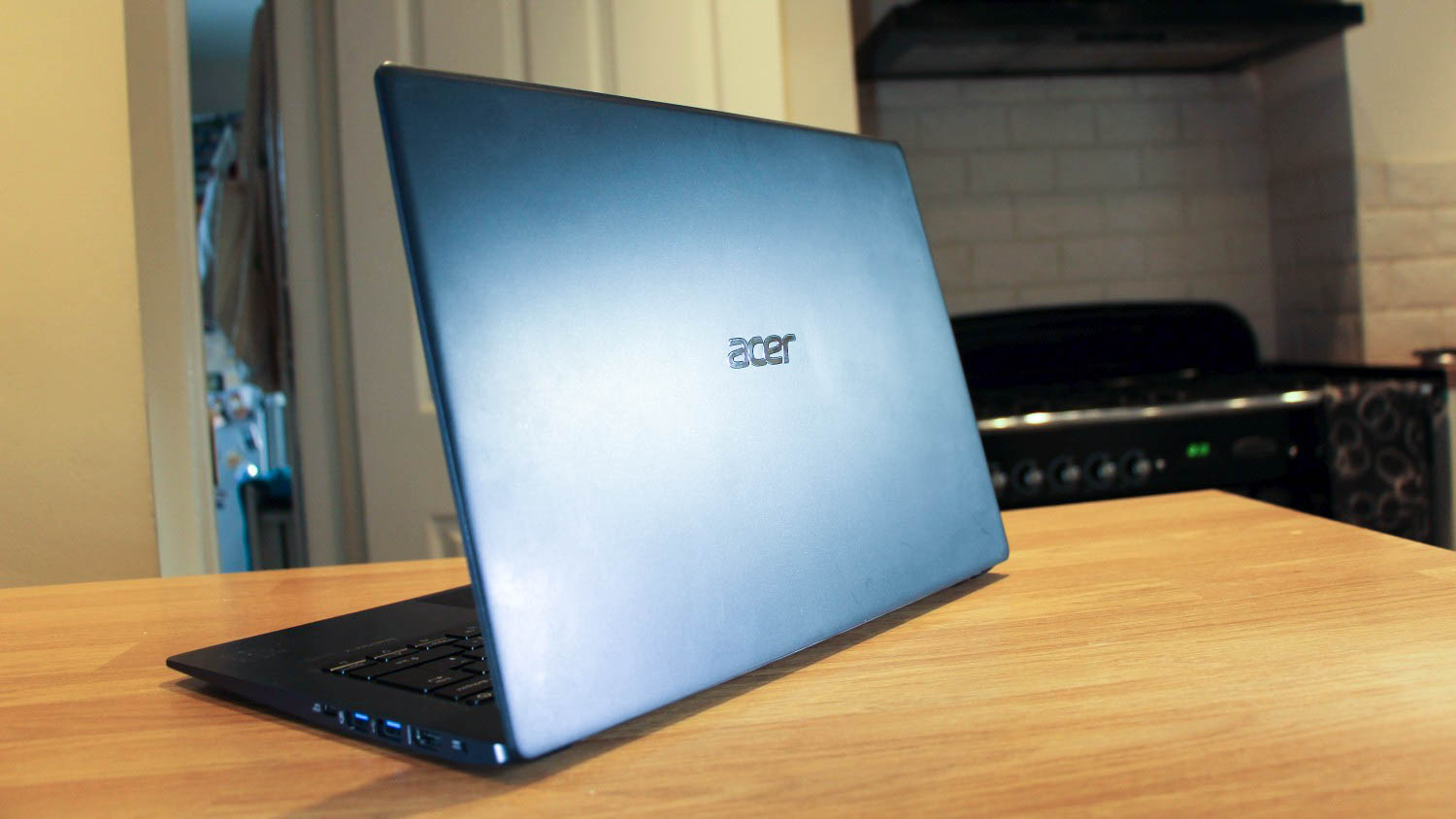
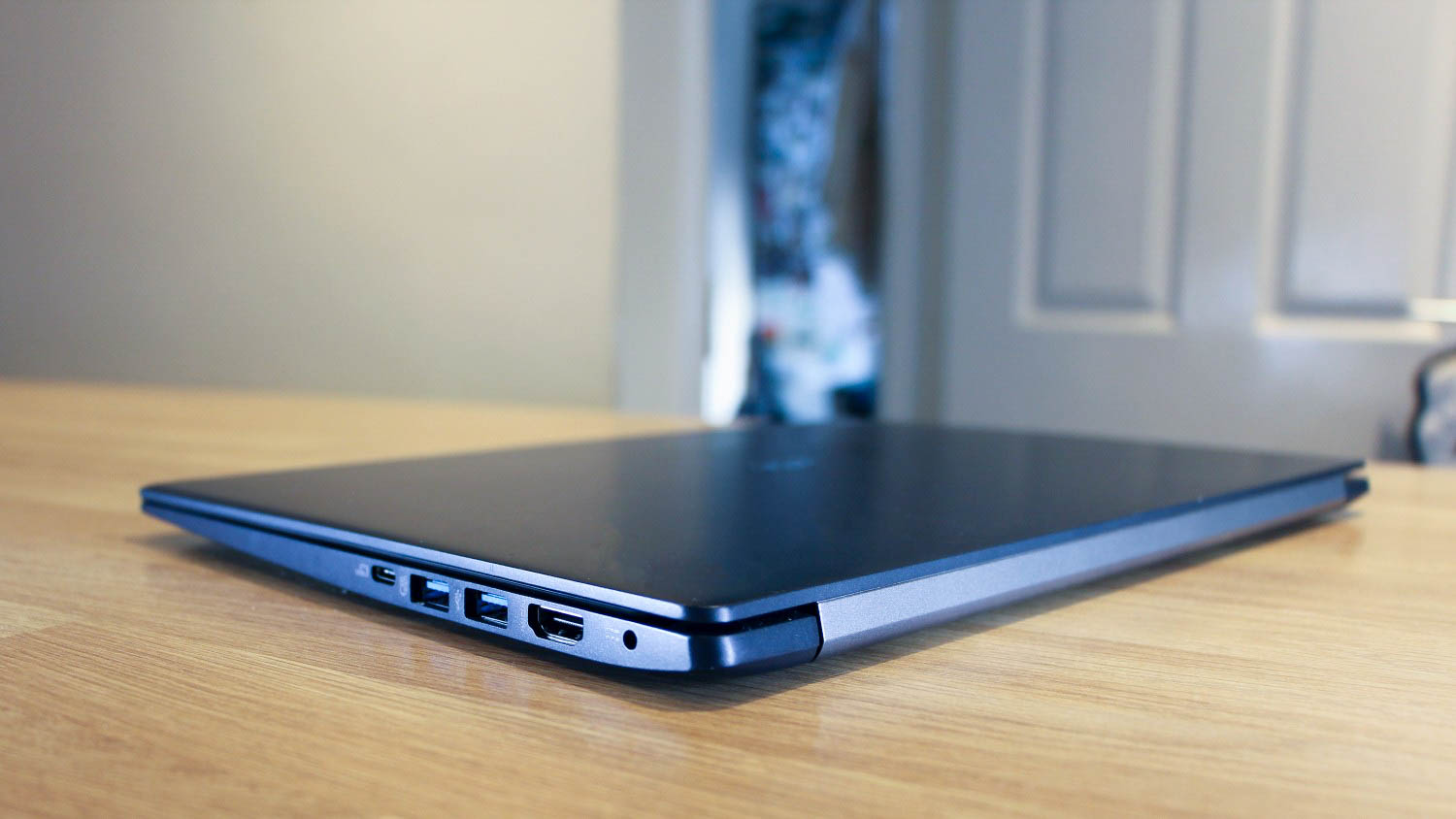
The Acer TravelMate X5 is an unassuming business laptop on paper and when it’s seen across the office, but this affordable machine has a stunning headline statistic: it weighs just 980g.
That’s a disarmingly light figure, and it undercuts almost every rival apart from Acer’s own Swift 7 – but as we saw with that machine, lightweight laptops run the risk of losing too much in order to achieve such a svelte design.
Acer TravelMate X5 review: Design
The Acer’s sub-1kg figure is stunning. It means that you barely notice the Acer when it’s picked up, let alone when it’s in a bag or backpack.
Most other machines can’t compete. The Microsoft Surface Laptop 3 and Dell XPS 13 aren’t exactly heavy – but they weigh 1.3kg and 1.23kg respectively. In fact, Acer’s 890g Swift 7 is the only laptop we’ve tested recently that beats it for lightness. The X5 is impressively slim too, with a thickness of just 15mm.
The TravelMate certainly lives up to its name – it’s very easy to carry around. However, the ultra-light design does mean build quality suffers. The base is robust, but the lid is too flexible. This machine is just sturdy enough to withstand road life without a protective sleeve, but the Surface Laptop 3 and Dell XPS 13 are both much stronger.

The TravelMate doesn’t look like much, either: the magnesium alloy chassis is plain, with no extra touches – there’s none of the Dell’s carbon fibre or colour options or the Surface Laptop’s sleek lines or fabric keyboard surround here.
The Acer’s connectivity is middling too. The Acer does provide two USB 3.0 connectors and a Type-C socket that supports DisplayPort. There’s an HDMI output too. However, there’s no card reader or Thunderbolt 3, and all of the ports bar the headphone jack and the Kensington lock slot are on the right-hand side – which is awkward if you’re using a USB mouse.
It could still be considered a better port selection than most modern ultrabooks, though – the Dell XPS 13 has a card reader, a USB 3.1 Type-C port and two Thunderbolt 3 ports, but no full-size USB connectors, while the Surface Laptop only has one full-size USB port alongside its USB Type-C connection. It’s also miles ahead of most super-light laptops, which tend to rely on one or two USB-C ports.
Acer TravelMate X5 review: Keyboard & Trackpad
Acer’s machine has a standard chiclet keyboard without a number pad, and quality levels are reasonable. The buttons are quiet and comfortable, with a consistent typing action that makes it easy to motor through documents and emails, as well as a clear font and a smart white backlight, albeit with no brightness adjustment.
The buttons don’t have much travel, though. Some people will prefer that, but others may want more travel and bite from their keys. If that’s the case, then the Surface Laptop offers a bit more movement and the XPS 13 provides a superb, satisfying typing experience that beats both rivals.

The Acer’s keycaps could have been a little bigger, too – especially given the amount of spare space available around the keyboard.
On the other hand, the trackpad is fine: large, smooth and accurate, with fast buttons. It’s also got a built-in fingerprint reader, which is handy for biometric identification.
Acer TravelMate X5 review: Display
The Acer has a 14in panel with a 1,920 x 1,080 resolution – an entirely conventional specification that’s fine for mainstream work and web-browsing.
The screen’s measured contrast ratio of 1,159:1 is decent. It’s high enough to ensure that there’s good punch throughout, with solid depth to colours. The contrast measurement is partnered with a brightness level of 313cd/m2 – a reasonable figure, but one that’s only good enough for indoor use. Outdoors, beneath bright sunlight, this display will struggle.
Colour quality is middling. The delta E of 2.45 is fine, but not outstanding, and the colour temperature of 7,642K is cool, and leaves the screen looking slightly pallid. The panel has a mediocre sRGB coverage ratio of 92.9%, and it only rendered about 65% of the Adobe RGB and DCI-P3 colour gamuts – so those colour spaces are not supported on this screen.

These results mean that the Acer’s screen is only suitable for mainstream work, like Office tasks, basic photo-editing and browser-based tools. It’s not good enough to handle anything where colour accuracy is important.
Spending a little more will yield big benefits in this area. The Dell and Microsoft machines are brighter, with better sRGB coverage levels – and the Surface has a touchscreen. Similarly, the Swift 7 offers a much better image quality.
The speakers are poor too, with a tinny top-end and underwhelming treble. They don’t have much in the way of volume, either. It’s not surprising on a laptop of this price, but you’re better off using headphones or an external speaker for any audio playback.
Acer TravelMate X5 review: Hardware & Performance
The Acer still uses Intel 8th-Gen hardware. That’s not unusual in the wider world of laptops, but it does mean that the TravelMate falls behind rivals – the most recent Surface and Dell machines have been upgraded with 10th-Gen chips.
The Acer reviewed here relies on the Core i7-8565U, which is a quad-core chip with speeds of 1.8GHz and 4.6GHz. A cheaper model uses the Core i5-8265U, which runs at 1.6GHz and 3.9GHz. On the other hand, this is a full-fat processor, rather than the lower-powered Y-series variants usually used in ultra-slim devices due to their thermal efficiency. That wins it points over the likes of the Swift 7.

Elsewhere, the Acer has 8GB of memory, which is fine for mainstream work but not enough for tougher tasks - you’ll need 16GB if you want to truly future-proof your machine. There’s also a 512GB SSD and Intel’s standard integrated graphics core. The TravelMate has dual-band 802.11ac wireless but no WiFi 6, and there’s no Gigabit Ethernet or bundled adapter either. It also has no LTE options, and you don’t get an IR webcam for facial recognition.
The Core i7 model reviewed here costs £916 exc VAT, and a £999 exc VAT version doubles the memory configuration. If you want the Core i5 variant it’ll set you back just £833 exc VAT.
The Surface Laptop used Core i5-1035G7 and Core i7-1065G7 processors, with the Dell XPS 13 using Comet Lake CPUs that act as a half-way house – those chips are faster than the 8th-Gen hardware but unable to match the Surface’s 10th-Gen chips.
The cheapest Surface Laptop 3 – with a Core i5 CPU and the Alcantra fabric finish – costs £733 exc VAT. A Surface that approximately matches this Acer’s specification costs £1,158 exc VAT – so it’s a little pricier than the Acer.
A Dell XPS 13 with a Core i5 CPU will set you back £999 exc VAT, and a Core i7 machine with 8GB of memory costs £1,040 exc VAT.
The Acer is always a little cheaper than its rivals, but it’s slower too. In our benchmarks the Acer and its 8th-Gen Core i7 chip returned a benchmark score of 72 – but the updated Microsoft machine, with its new Core i7 CPU, scored 104 in the same tests.

Other tests demonstrate the difference between the Acer’s older hardware and the Surface Laptop’s newer CPU. In Geekbench 4 the Acer returned a multi-core result of 11,060 points, but a 10th-Gen chip will score around 18,000 points.
There’s a reasonable gulf in graphics tests, too. In Cinebench’s OpenGL benchmark the Acer and its integrated Intel core returned a result of 49.06fps – but the updated Intel graphics in the Surface will top 70fps in the same benchmark.
In real-world terms, the Acer is not slow: it’ll have no problem running multiple Office apps and browser windows simultaneously, and it’ll handle basic photo-editing too. It also runs rings around the Swift 7’s Intel Core i7-8500Y and its overall benchmark score of 27. However, the Surface and Dell machines are faster, with Microsoft’s notebook leading the way. If you need something for more demanding workloads, they’re both better.
The Acer can’t compete with the Surface or the Dell when it comes to performance, then, and this machine also churns out some noticeable fan noise during difficult benchmarks. If you want silence, this isn’t the laptop to buy.
It is a good option if you want longevity, though. In our video playback test the Acer lasted for 10hrs 49mins – slightly better than the Dell and two hours more than the Surface. If you want a machine to last for the working day as well as the commute, the TravelMate will handle it.

Acer TravelMate X5 review: Verdict
The Acer is lighter than its rivals, and that’s a big advantage – it means this laptop is easier to sling in a bag. It’s still got enough computing power for day-to-day work, and the Acer has excellent battery life.
However, the lightweight design and lower price do create compromise. Rival machines have more power alongside better screens, and other laptops also have crisper keyboards.
The Surface Laptop 3 and Dell XPS 13 are not exactly heavy, and they serve up more power and finesse for only a little more cash. However, if you need a laptop that’s lighter than anything else – while still providing reasonable computing power – then the Acer is a good option at an affordable price.
Acer TravelMate X5 specifications
| Processor | 1.8GHz Intel Core i7-8565U |
| Memory | 8GB DDR4 |
| Graphics | Intel UHD Graphics 620 |
| Storage | 512GB Western Digital PC SN520 SSD |
| Display | 14in 1,920 x 1,080 IPS |
| Operating System | Windows 10 Home 64-bit |
| Connectivity | Dual-band 802.11ac WiFi, Bluetooth 5.0 |
| Ports | 2 x USB 3.0, 1 x DisplayPort/USB-C, HDMI, 1 x audio |
| Dimensions | 329 x 228 x 15mm (WxDxH) |
| Weight | 980g |
| Warranty | 1yr RTB |
Get the ITPro daily newsletter
Sign up today and you will receive a free copy of our Future Focus 2025 report - the leading guidance on AI, cybersecurity and other IT challenges as per 700+ senior executives
Mike Jennings has worked as a technology journalist for more than a decade and has been fascinated by computers since childhood, when he spent far too long building terrible websites. He loves desktop PCs, components, laptops and anything to do with the latest hardware.
Mike worked as a staff writer at PC Pro magazine in London for seven years, and during that time wrote for a variety of other tech titles, including Custom PC, Micro Mart and Computer Shopper. Since 2013, he’s been a freelance tech writer, and writes regularly for titles like Wired, TechRadar, Stuff, TechSpot, IT Pro, TrustedReviews and TechAdvisor. He still loves tech and covers everything from the latest business hardware and software to high-end gaming gear, and you’ll find him on plenty of sites writing reviews, features and guides on a vast range of topics.
You can email Mike at mike@mike-jennings.net, or find him on Twitter at @mikejjennings
-
 ‘Phishing kits are a force multiplier': Cheap cyber crime kits can be bought on the dark web for less than $25 – and experts warn it’s lowering the barrier of entry for amateur hackers
‘Phishing kits are a force multiplier': Cheap cyber crime kits can be bought on the dark web for less than $25 – and experts warn it’s lowering the barrier of entry for amateur hackersNews Research from NordVPN shows phishing kits are now widely available on the dark web and via messaging apps like Telegram, and are often selling for less than $25.
By Emma Woollacott Published
-
 Redis unveils new tools for developers working on AI applications
Redis unveils new tools for developers working on AI applicationsNews Redis has announced new tools aimed at making it easier for AI developers to build applications and optimize large language model (LLM) outputs.
By Ross Kelly Published
-
 Google layoffs continue with "hundreds" cut from Chrome, Android, and Pixel teams
Google layoffs continue with "hundreds" cut from Chrome, Android, and Pixel teamsNews The tech giant's efficiency drive enters a third year with devices teams the latest target
By Bobby Hellard Published